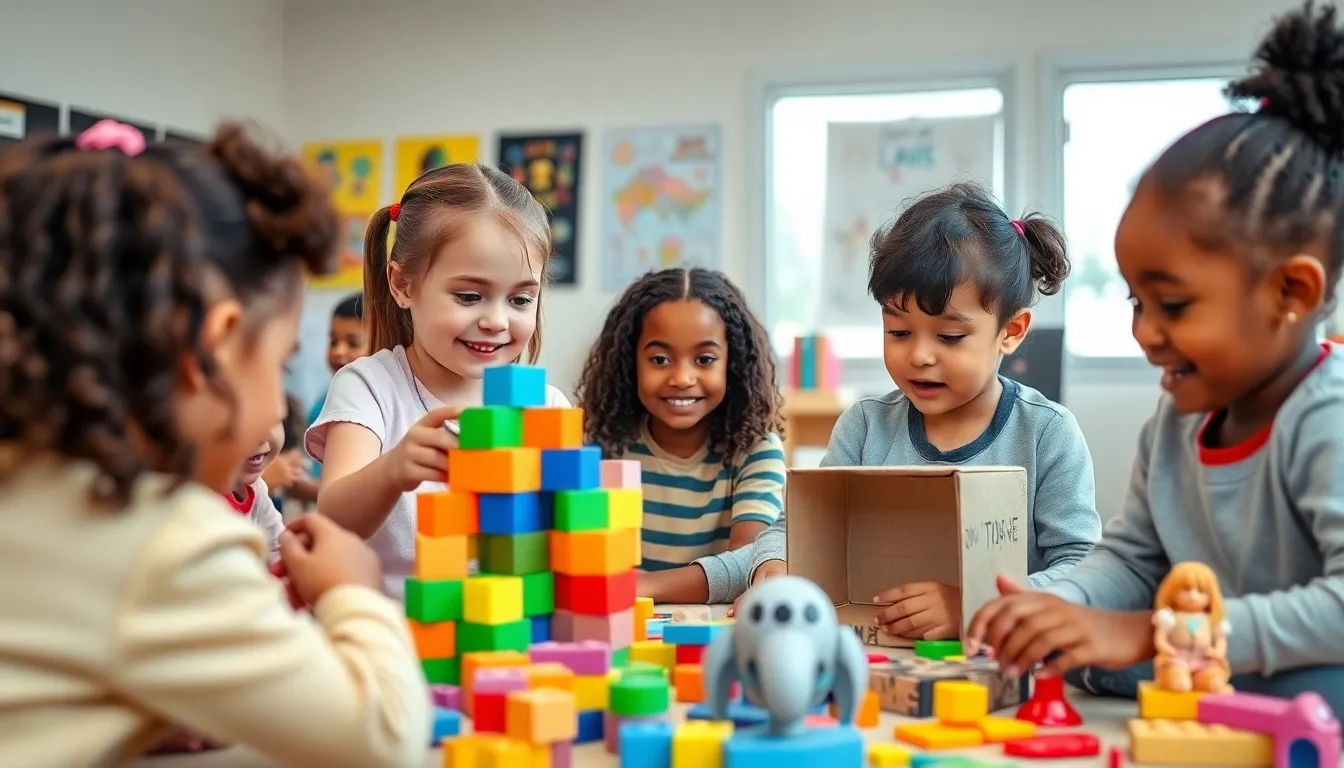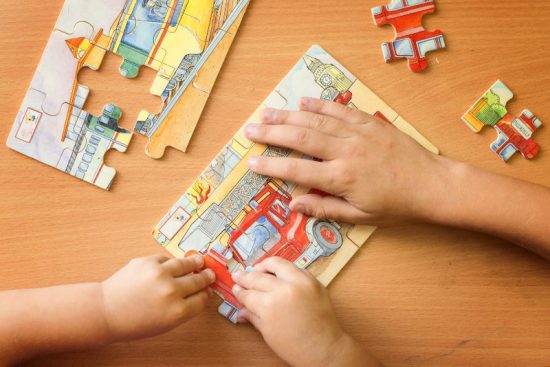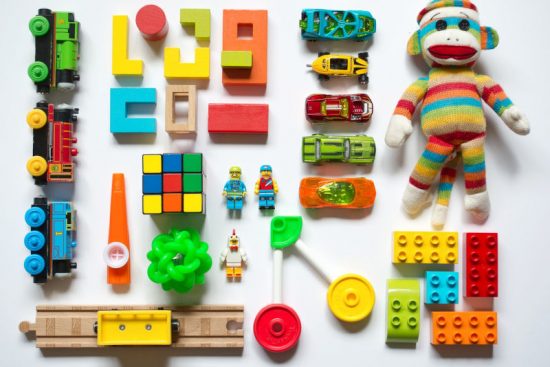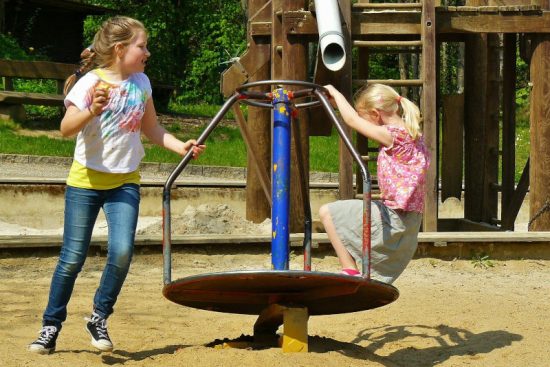Ever wondered when your little ones will stop being obsessed with toys? Spoiler alert: there’s no one-size-fits-all answer. Just like each kid is unique, so is their journey through play. Some kids might stop playing with toys earlier than others, while some cling to them longer than bedtime stories. Let’s jump into the intriguing realm of childhood play, where curiosity reigns and toy shelves are constantly under siege.
When do Kids Stop Playing With Toys

Play is a fundamental part of childhood, allowing children to explore their environment and develop crucial skills. Initially, infants engage in sensorimotor play, which involves exploring physical properties of objects, like shaking a rattle or mouthing a soft toy. As they grow older, play transforms significantly.
Toddlers often engage in symbolic play, creating imaginative scenarios with their toys. Think about it: a cardboard box can be a spaceship, a fort, or even a monster’s den. This phase allows children to express creativity and develop social skills through pretend play with friends.
By the time they reach school age, many children start leaning more into games that require rules and cooperation, shifting the focus away from solitary toy play. It’s fascinating to see this evolution and how it reflects cognitive and social development. In essence, play is not just fun, it’s a crucial part of growing up.
Developmental Stages and Play Preferences
Children usually move through distinct developmental stages that influence their play preferences. During preschool years, imaginative play reigns supreme. Children are often found draped in capes, wielding light sabers made from pool noodles, or negotiating the complexities of sharing toys during playdates.
As kids enter elementary school, their interests start diversifying. Between ages six and eleven, many children favor structured, competitive games over free play with toys. This shift is tied to both cognitive development and social dynamics, as kids begin to understand teamwork and competition.
When tweens emerge, the transition becomes clearer. They might still enjoy some aspects of play but often seek other outlets, such as digital games or sports. By this point, most will have traded in their action figures for other passions. Understanding these stages helps parents navigate the emotional terrain of their children letting go of toys.
Factors Influencing the Transition Away From Toys
Several factors contribute to when and why children stop playing with toys. Social interactions play a significant role. If friends are moving on to new interests, children often follow suit: peer influence can be strong.
Also, cultural norms and parental expectations impact play. In some families, there might be subtle pressures to grow up quickly or to focus on academics over play. This can discourage children from engaging with toys they once adored.
Economic factors also come into play. Families may prioritize material items based on societal standards, leading to less emphasis on imaginative play but rather on technology and gadgets. Understanding these influences can help parents support healthy play habits.
Signs That Kids Are Moving On From Toys
Recognizing when kids are moving away from toys can be tricky, but there are telltale signs. First, consider the frequency of play. If a child once spent hours immersed in imaginative worlds and suddenly has little interest in playtime, it could signal a change.
Another sign is the shifting focus. Children might begin showing more interest in activities like sports, reading, or digital communities over traditional toys, signaling the evolution of their interests. Also, if toy rooms become cluttered with items that remain untouched, it might be time for a heart-to-heart about their feelings toward their toys.
Eventually, it’s essential for parents to recognize that while the love for toys may diminish, it doesn’t mean creativity and playfulness are lost: they simply transform.
The Role of Technology in Modern Play
Technology has changed the landscape of childhood play. Kids today have unprecedented access to digital toys, educational apps, and multiplayer online games. While this can provide engaging opportunities for learning and social interaction, it might also contribute to a quicker transition away from traditional toys.
Many children now see screens as their primary source of entertainment, often leaving physical toys behind. But let’s not forget the importance of balance: toys still play a vital role in developing critical thinking and social skills.
Introducing tech-free days and encouraging physical activity can help kids maintain a well-rounded approach to play, essential for holistic development.
Encouraging Healthy Play Regardless of Age
No matter the age, promoting healthy play is essential. Parents can help children navigate their evolving interests by encouraging various activities. Try introducing new hobbies or group sports that will stimulate their minds while still allowing them to be playful.
Also, fostering a strong environment for open conversations about their interests helps children feel comfortable transitioning from toys to newer activities. Offer support and encouragement while embracing the changes that come with growth.
Importantly, allow time for both digital and physical play to coexist. Establishing a playful household that values creativity and open-ended play will enrich a child’s lifelong journey, regardless of age or interests.




